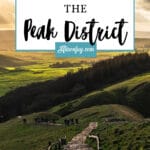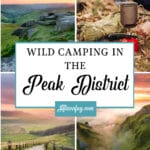If you’re looking for a wild camping adventure in the UK, the Peak District is one of the best places to go. Located in the heart of England, this national park is known for its rolling hills, plateaus, and valleys. It’s a popular destination for hikers, climbers, and nature lovers, with plenty of opportunities for outdoor activities.

The Peak District landscape is split into two areas: the Dark Peak and the White Peak. The Dark Peak is located in the north and is characterized by its wild and rugged landscapes, including moorland, gritstone edges, and bleak uplands. The White Peak, on the other hand, is located in the south and is known for its limestone valleys, gentle hills, and picturesque villages.
One of the most popular hikes in the region is Kinder Scout, the highest summit in the Peak District at 363m. It offers stunning views of the surrounding landscape and is a must-visit for any hiker. The park also has a variety of other trails, ranging from easy strolls to challenging multi-day treks.
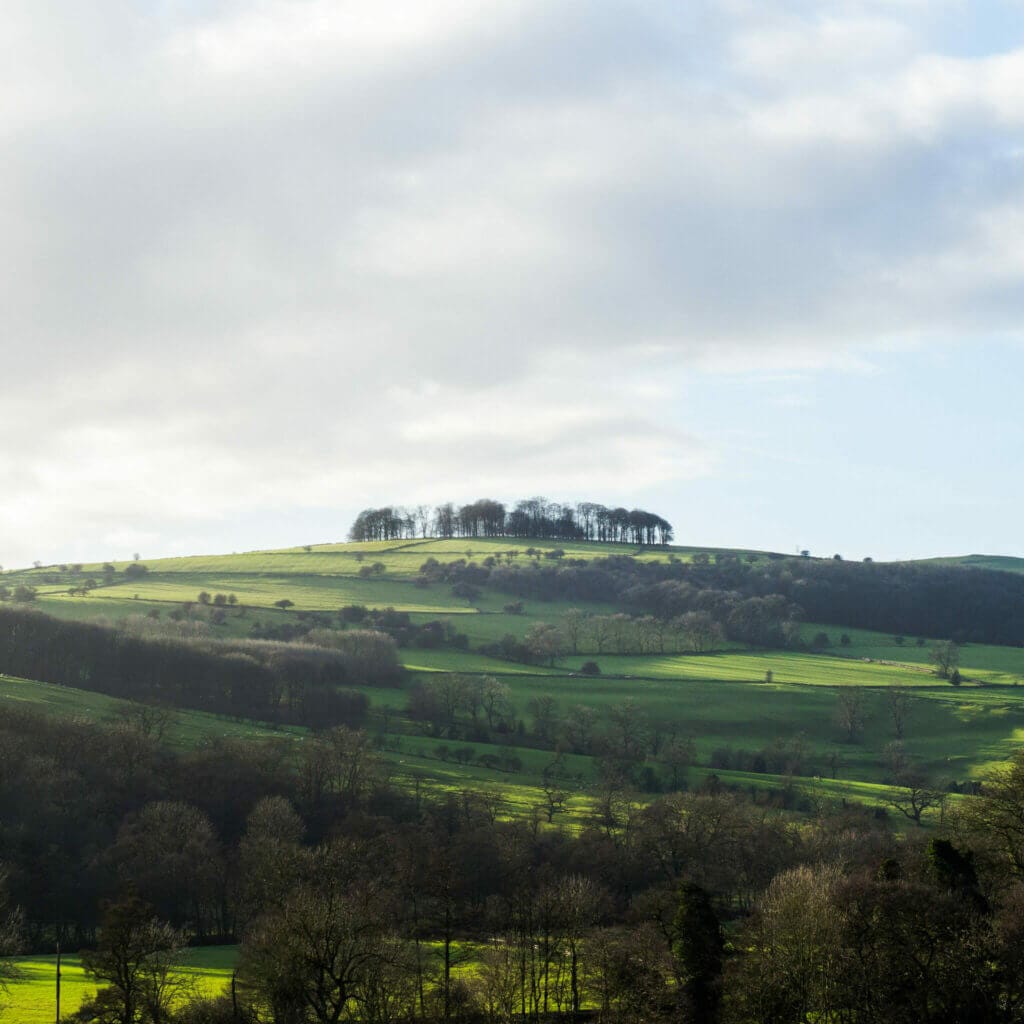
When it comes to camping, the Peak District has a range of options to suit all preferences. There are plenty of campsites located throughout the park, offering everything from basic facilities to luxury glamping options. However, if you’re looking for a more adventurous experience, wild camping is also an option.
It’s worth noting that wild camping is not legal in England and Wales, except in a few places in Dartmoor National Park. However, many people still choose to do it, and there are plenty of secluded spots throughout the Peak District where you can pitch your tent and enjoy a night under the stars. Just make sure to follow Leave No Trace principles and respect the environment around you.
Tours You Might Like
Understanding Wild Camping
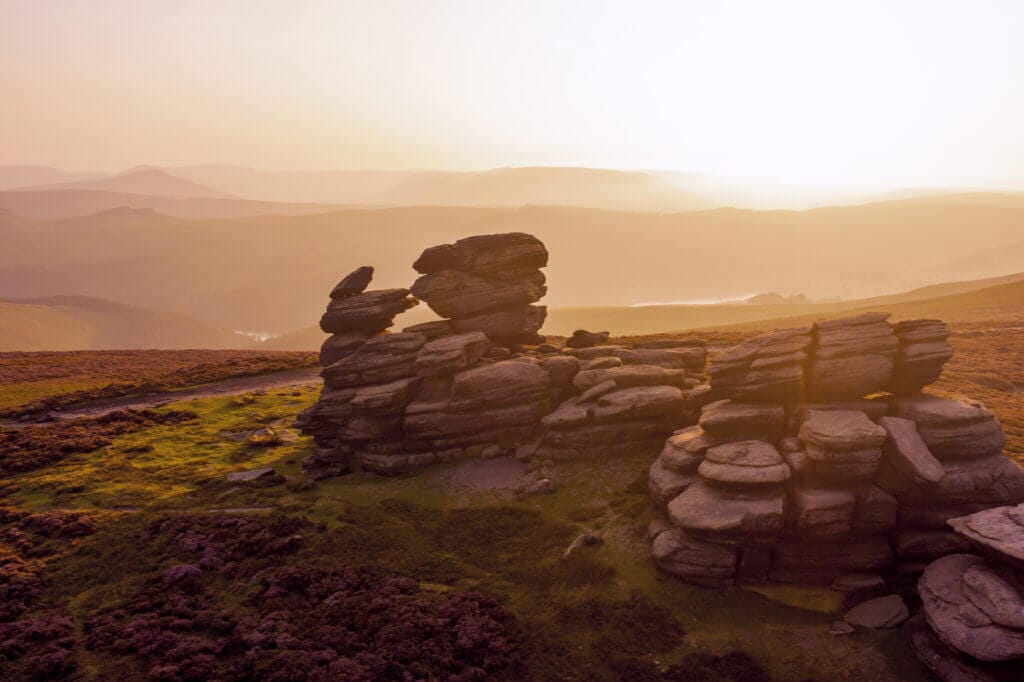
Wild camping in the Peak District is an exciting way to experience the great outdoors. It involves camping in the wilderness, away from designated campsites and facilities. You will need to be self-sufficient and prepared to deal with the challenges that come with camping in the wild.
Before you set off on your wild camping adventure, it’s important to understand the rules and regulations that apply to wild camping in the Peak District. Wild camping is technically illegal in England and Wales, including the Peak District. However, it is tolerated in certain areas as long as you follow some basic guidelines.

Here are some things you should keep in mind when planning your wild camping trip in the Peak District:
- Respect the environment: Leave no trace of your visit. Take all your rubbish with you and avoid damaging the natural environment.
- Pitch your tent discreetly: Choose a spot that is out of sight of footpaths and roads. Don’t camp near water sources or on farmland.
- Keep your group small: Wild camping is best enjoyed in small groups. Large groups can be noisy and disruptive to the environment.
- Be self-sufficient: You will need to bring all your own equipment, including food, water, and shelter. There are no facilities for wild camping in the Peak District.
- Be aware of the weather: The weather in the Peak District can be unpredictable. Make sure you check the forecast and come prepared for all eventualities.
By following these guidelines, you can enjoy a safe and enjoyable wild camping experience in the Peak District. Remember, wild camping is a privilege, not a right. Respect the environment and the rules, and you’ll have a memorable experience in one of the UK’s most beautiful national parks.
Wild Camping Laws in the Peak District

If you are planning to go wild camping in the Peak District, it is important to know the laws and regulations that apply to camping in the area. Here are some key points to keep in mind:
- Permission is required: You must obtain permission from the landowner before camping in the Peak District. Otherwise, you will be committing a trespass, which is illegal. The Peak District National Park Authority does not allow wild camping in the area without permission from the landowner.
- Camping restrictions: Some areas of the Peak District are subject to camping restrictions or bylaws. For example, camping is not allowed in certain areas during certain times of the year. It is important to check the specific restrictions for the area you plan to camp in.
- Leave no trace: It is important to leave the campsite as you found it. This means taking all your rubbish with you and not leaving any damage to the environment or wildlife. You should also avoid making fires or disturbing the natural landscape.
- Campfires: Campfires are not allowed in the Peak District National Park, except in designated areas. You should use a camping stove for cooking instead.
- Toilets: There are no public toilets in the Peak District National Park. You should bring your own toilet facilities or use a portable toilet.
- Water: You should bring your own water or purify water from natural sources, such as streams or rivers. However, you should be aware that some streams and rivers may be contaminated and not suitable for drinking.
By following these guidelines, you can enjoy a safe and enjoyable wild camping experience in the Peak District. Remember to respect the environment and wildlife, and leave no trace of your visit.
Choosing the Right Equipment

When it comes to wild camping in the Peak District, choosing the right equipment is essential for a successful trip. Here are some key considerations for each category of equipment:
Tents and Sleeping Bags
Your tent is your home away from home and should provide shelter from the elements. Look for a lightweight, waterproof tent that can withstand wind and rain. A 2-person tent is a good choice for solo campers or couples, while larger groups may want to consider a 4-person tent.
A sleeping bag is another essential item for wild camping. Choose a bag that is rated for the expected temperature range and is lightweight and compressible. Down sleeping bags are a popular choice for their warmth-to-weight ratio, but synthetic bags are more affordable and better suited to wet conditions.
Cooking Equipment
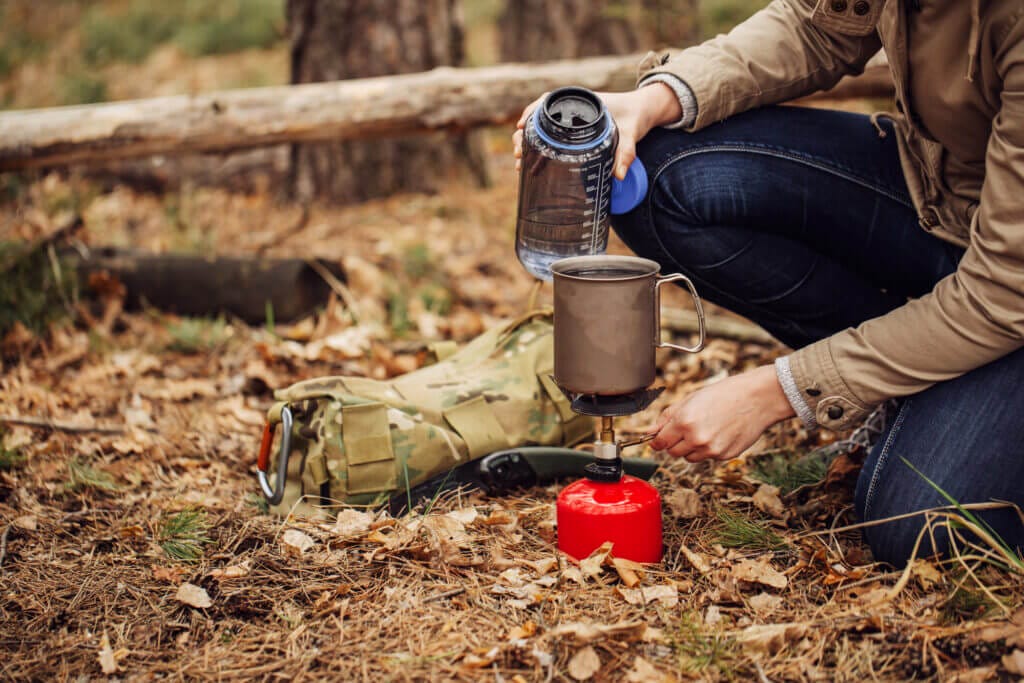
Cooking your own meals is a great way to save money and enjoy the outdoors. A lightweight stove and cookware set are essential for preparing meals in the backcountry. Look for a stove that is easy to use and fuel-efficient, and a cookware set that is lightweight and compact.
You’ll also need to bring utensils, plates, and cups. Consider using lightweight, reusable options made of plastic or titanium.
Navigation Tools
Navigating the Peak District can be challenging, especially if you’re not familiar with the area. A map and compass are essential tools for finding your way. Look for a detailed, waterproof map of the area you’ll be camping in, and practice using your compass before you set out.
You may also want to consider bringing a GPS device or smartphone with a navigation app. However, it’s important to remember that these devices can fail or run out of battery, so always have a backup plan.
By choosing the right equipment, you can ensure a safe and enjoyable wild camping experience in the Peak District.
Best Locations for Wild Camping in the Peak District
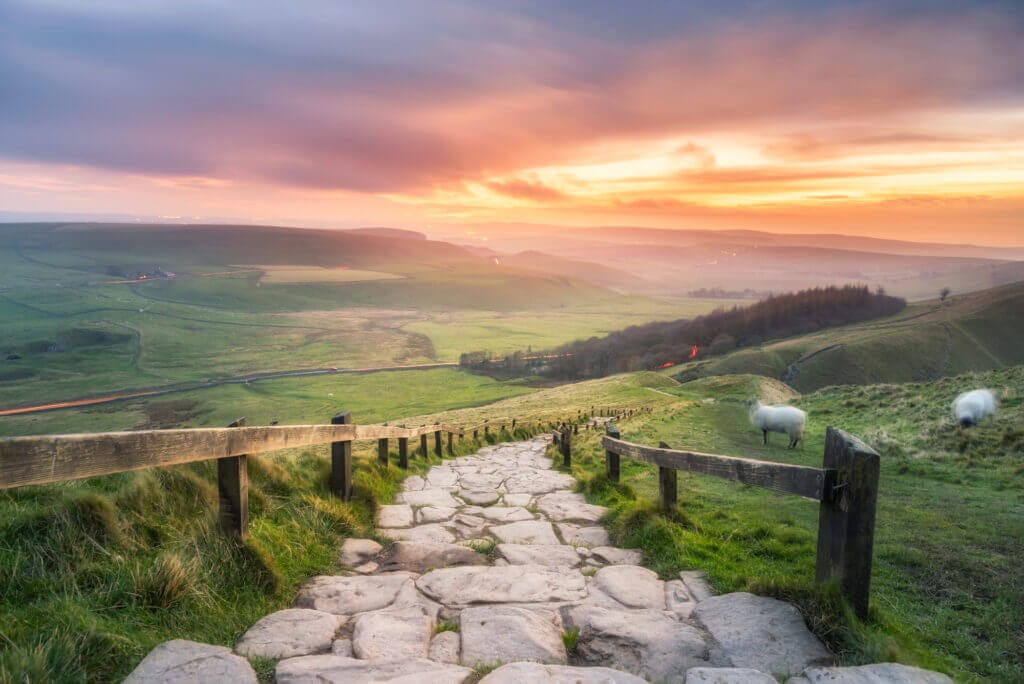
If you’re looking for the best locations for wild camping in the Peak District, you’re in luck. The Peak District is a vast area with plenty of options for wild camping. Here are three of the best locations for wild camping in the Peak District:
Kinder Scout
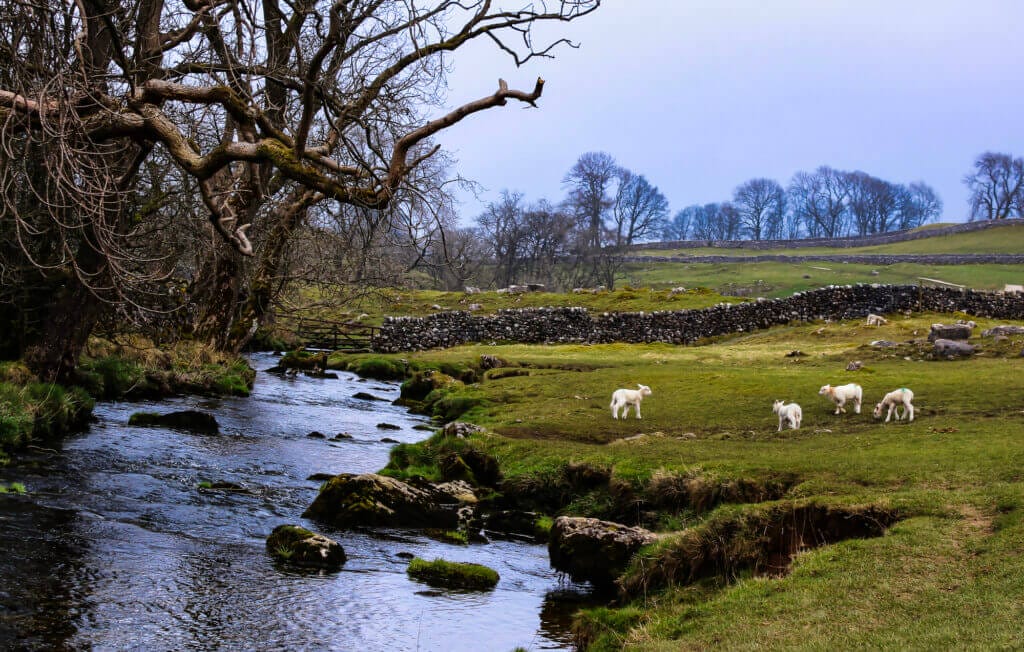
Kinder Scout is the highest summit in the Peak District, standing at 636 meters. It’s a popular spot for wild camping, with its rugged terrain and breathtaking views. There are plenty of places to pitch your tent, but be aware that the weather can be unpredictable. Make sure you bring warm clothing and a good quality tent.
Stanage Edge
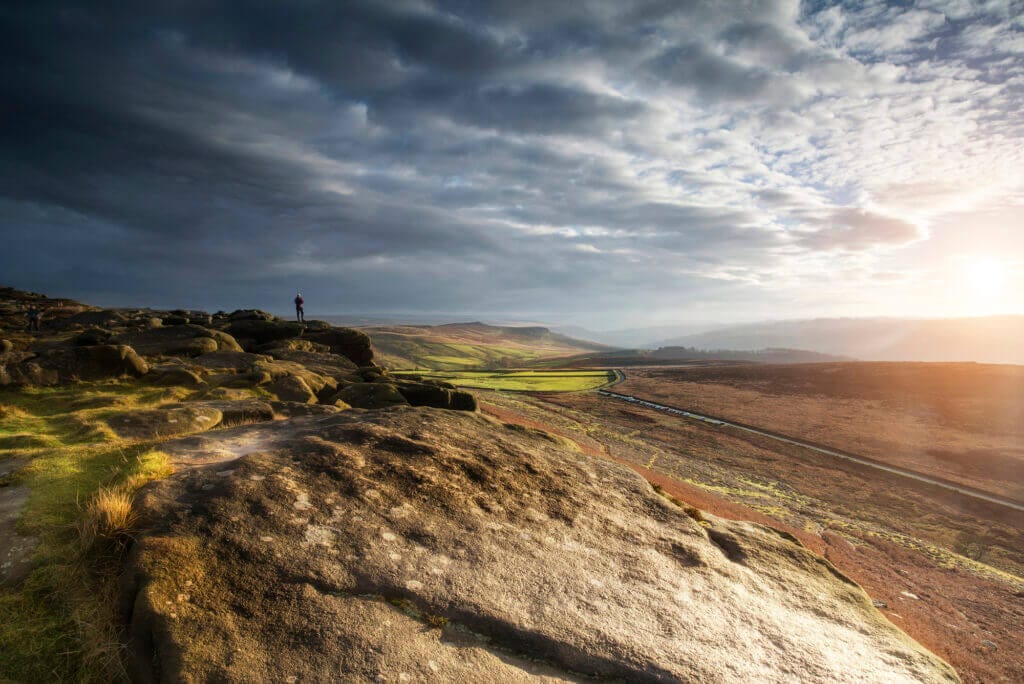
Stanage Edge is another popular spot for wild camping in the Peak District. It’s a long, rocky ridge that offers stunning views of the surrounding countryside. There are plenty of places to pitch your tent along the edge, but be aware that it can get windy up there. Make sure you bring a sturdy tent and plenty of warm clothing.
Bleaklow
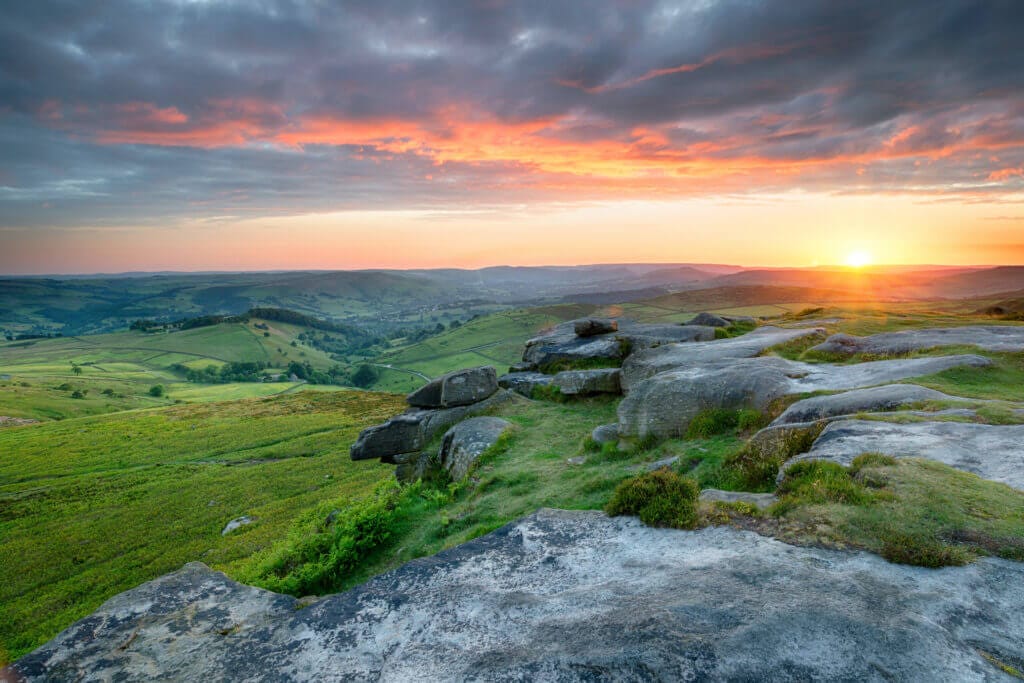
Bleaklow is a remote and rugged area of the Peak District that’s perfect for wild camping. It’s a great place to get away from the crowds and enjoy the peace and quiet of the countryside. There are plenty of places to pitch your tent, but be aware that the terrain can be challenging. Make sure you bring sturdy footwear and a good quality tent.
Overall, the Peak District is a fantastic place for wild camping, with plenty of options for all levels of experience. Whether you’re a seasoned camper or a first-timer, there’s something for everyone in this beautiful part of the country.
Safety Measures and Guidelines
When it comes to wild camping in the Peak District, it’s important to prioritize safety. Here are some guidelines to follow to ensure a safe and enjoyable experience.
Weather Conditions
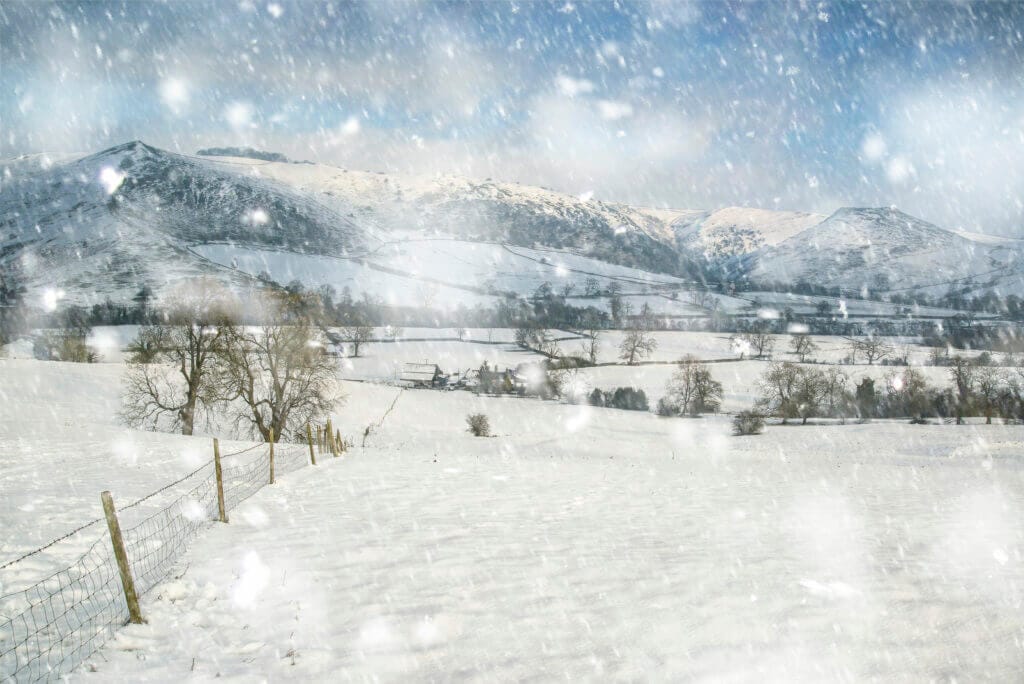
The weather in the Peak District can be unpredictable, so it’s important to be prepared for all conditions. Before you head out, check the weather forecast and pack accordingly. Make sure to bring warm layers, waterproof clothing, and sturdy footwear. If you’re planning on camping overnight, bring a four-season tent that can withstand high winds and heavy rain.
Wildlife Encounters
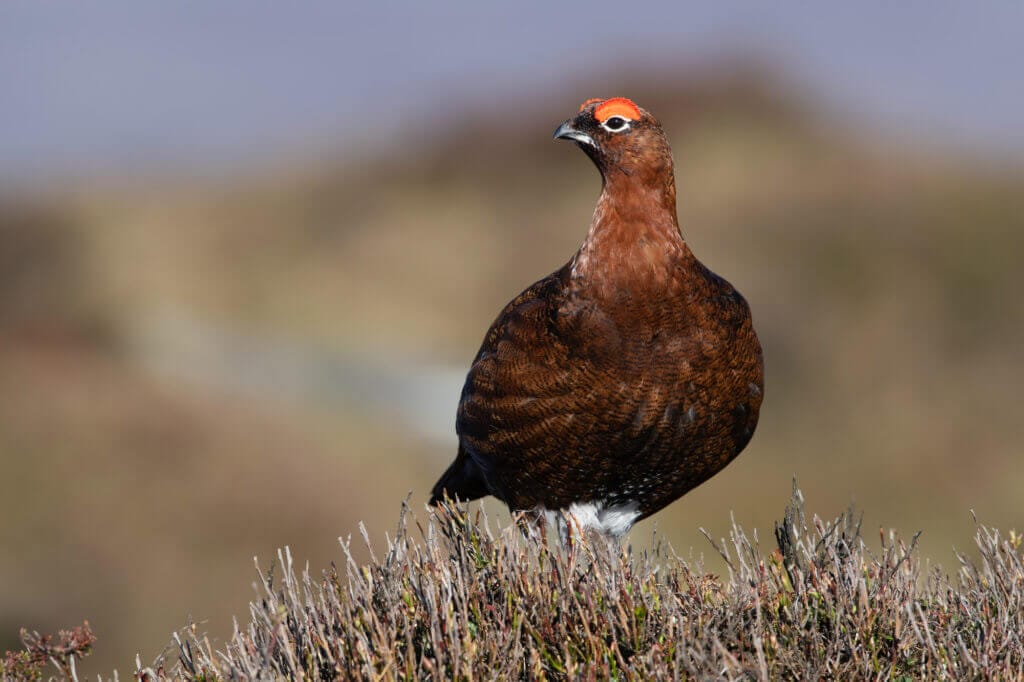
The Peak District is home to a variety of wildlife, including deer, foxes, and birds of prey. While it’s unlikely that you’ll encounter any dangerous animals, it’s important to respect their space and avoid disturbing them. Keep a safe distance and avoid feeding them, as this can lead to aggressive behavior. If you’re camping overnight, store your food in a secure container to prevent attracting animals.
Leave No Trace Principles
One of the most important aspects of wild camping is leaving the environment as you found it. This means following the Leave No Trace principles, which include packing out all trash, burying human waste at least 6 inches deep, and avoiding damaging vegetation. Make sure to camp at least 30 meters away from water sources to prevent contamination. Remember, the goal is to leave the environment pristine for future generations to enjoy.
By following these safety measures and guidelines, you can ensure a safe and enjoyable wild camping experience in the Peak District.
Frequently Asked Questions



